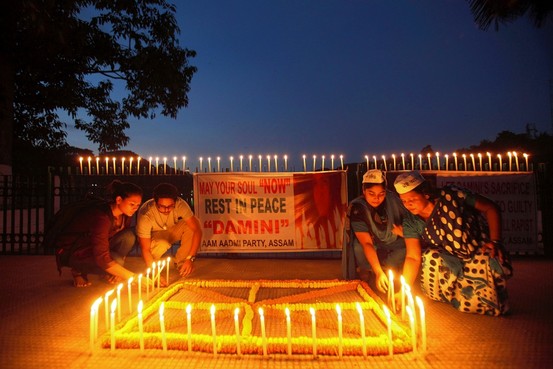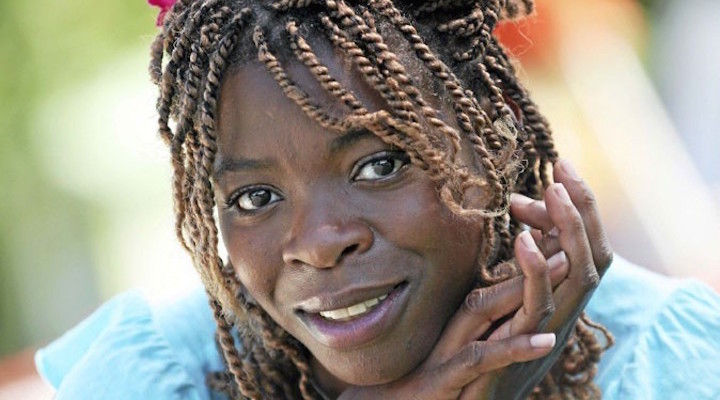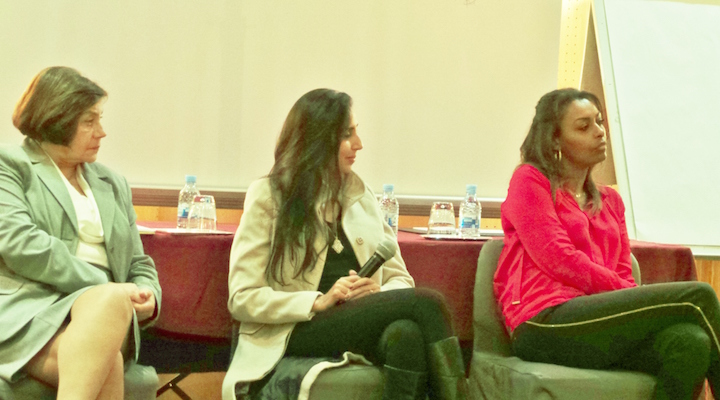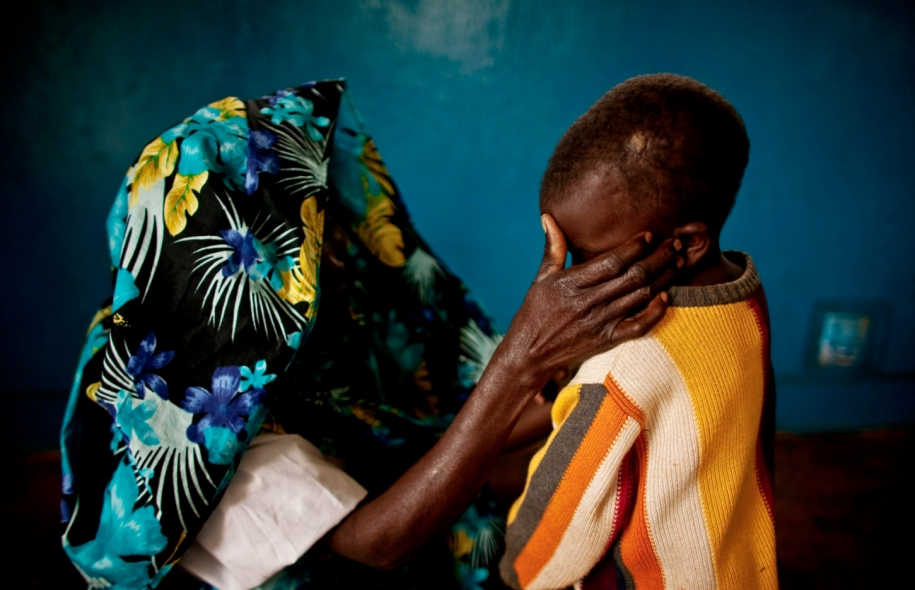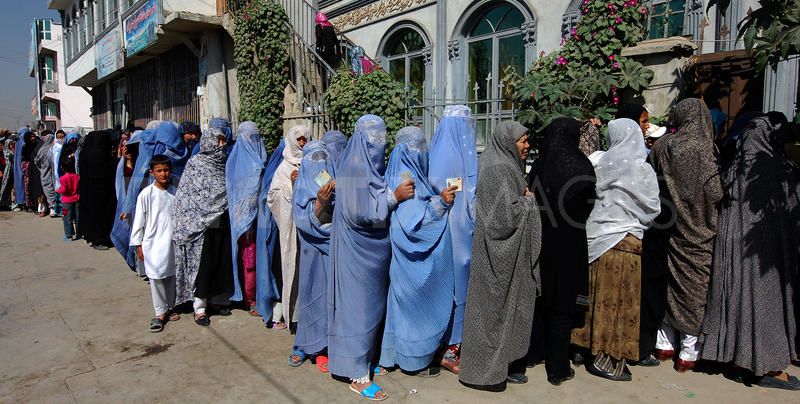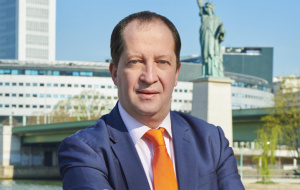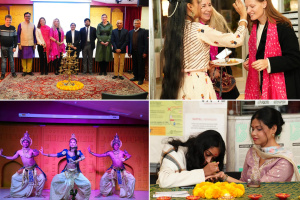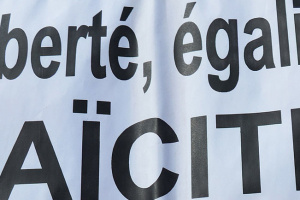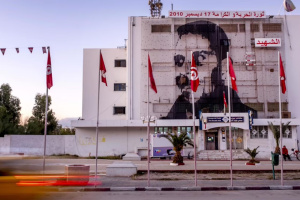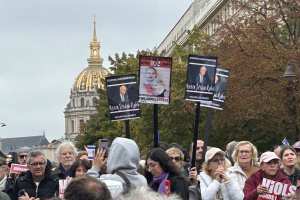Si les violences de genre ont longtemps été acceptées en Inde, les mentalités changent, et en premier lieu chez les juges, qui tentent de mettre en oeuvre des mesures d’accompagnement des femmes pour les aider à pouvoir témoigner. Mais condamner à la peine capitale n’est pas une décision appropriée pour une société démocratique, d’autant plus que cela risque de dissuader les femmes d’aller porter plainte (surtout dans les communautés locales) sans faire baisser le taux de violences sexuelles.
Last Friday, the perpetrators of infamous Delhi rape case have been condemned to death penalty. Ann Stewart, professor of Law and Gender at the University of Warwick, England, explains to us in which Indian judiciary context this decision takes place.
OI: What kind of project have you worked on in India, and what have been its results?
Ann Stewart: From 1996 to 2002, my main activity has been to do a big project in collaboration with the judiciary in India, particularly the Supreme Court, to tackle issues about what was perceived to be gender discrimination, or lack of sensitivity, within the judiciary. When I went back to India in 2010 as a visitor at Nehru University, I interviewed some judges who had been involved in the project at the time. I found out that there is clearly an issue within India about understanding violence against women. They said that the problem was about getting decent quality evidence, getting the victims to come to court. So there was not much they could do because the cases did not emerge. Especially, there is a huge amount of shame around presenting these sorts of assaults in public in India, and there was quite a high cultural acceptance of violence against women. For instance, the judges would always say that they recognise that women must not experience severe problems in the family, but they would note that the family is very important; so they would be willing to intervene if they saw very severe aspects of violence, but if it was what we might call ‘everyday violence’, they had a degree of tolerance – which they need to rethink about.
In terms of rape, they came to realise, thanks to our training – where we exposed them to testimonies of women who had been raped or had experienced violence –, that the way they might respond is not the way that a victim might respond. When judges tend to think, in case of domestic violence, ‘why wouldn’t she leave?’ or in terms of rape, ‘why didn’t she report it immediately? why is her story seemingly hesitant? why is she in other words not a good witness?’, we showed them how difficult it is to show evidence and how women who have experienced trauma respond differently: they might take time, they might be inconsistent in what they say, they might need to be able to give their evidence somewhere peaceful. But courts are noisy, chaotic places in India; and the victim might be trying to give her evidence while the alleged perpetrator is sitting in the room with all his family. Once they had realised these issues, many of them came up with practical solutions to enable the women to give their evidence, so that the case could actually come forward to the court (for instance, they could have the women in early in the morning, when it was quiet, to take the evidence). Now they can use a specific legislation to protect women against violence against women, the 2006 Domestic Violence Legislation Protection Act.
So I can say that there is quite a strong culture of violence against women, quite a lot of a sense of male entitlement to harass women in the streets; it is quite difficult for many women to be in public, particularly at times where it is inappropriate, and that goes back to the case that is before us now. The woman [raped in Delhi in December 2012] was with a boy friend, who she was not married to, and she was on a public bus in late afternoon. And in India, public space is quite dangerous for women really.
Has there been no improvement with the economic development?
There has been quite a substantial improvement in the metropolitan areas, where, because of Indian’s economic gains, many more young, middle-class, educated women, go out to work, and that seems to be quite normal. A lot of leadership has also been provided by the Supreme Court in legal improvements: they have made judgements and statements, and I think because of the activism that has occurred, there has been a lot of intentions to improve things. But the women’s organisations would say that, despite getting the Domestic Violence legislation, impunity is still there; public space is still an area where women regularly get harassed on. It is understood, but the authorities have been slow to find practical, concrete measures for intervention, a policy framework that is saying ‘this is unacceptable’. And there is a lot of work that has to be done to translate legislation and good intentions of judgement into practical cultural changes. I think that is what this case has illustrated: it was a flashpoint, because it illustrated all the problems that should not be there in a cosmopolitan city like Delhi.
The government passed an ordinance in February 2013 as a solution to these problems.
Yes, talking to friends of mine in India about this, who work in women’s organisations, they say it was a very hectic and chaotic, but really productive period for about three months: suddenly, these measures against violence against women were at the forefront of the policy makers’ minds. And whilst women’s organisations were anxious about the possibility of death penalty, nonetheless they felt that this was an opportunity at last to get the things rolling as far as the government went. The question now is how does it get implemented within all the institutions, like the police, and society as a whole. In a way, I think these public campaigns and mass movements are all contributing into doing that, although there is still a long way to go.
The report released by the Justice Verma Committee, constituted on December 23, 2012, advocated against death penalty. Why do you think the government included it in its ordinance then?
I think it is a question of public opinion and the way that law is often perceived: you make a statement, a symbolic law, you pass an amendment to the legislation or a new ordinance, and often public opinion would be: ‘we need much greater sentences for these heinous fact’. Because the rape and murder of a young woman like that is something that shocks society; it happens, but it does shock liberal progressive society. Then the response tends to be rather un-thought out, in terms of responding to a particular section of public opinion, that is not liberal, activist, understanding. Most women’s organisations do not support the death penalty, but it gets put in there to please public opinion more broadly. It is always very difficult, as women’s organisations, to find means that are going to be progressive to the victim without being authoritarian in terms of civil liberties.
From your experience of India, would you say insecurity and violence are indeed growing there, as it is claimed these days?
It is very difficult to say. Why do some cases hit the headlines? After all, women get raped in India as they do in other societies; similarly brutal rapes happen in other districts in the same week. I think it is because it was on a woman who represents the success story of India: young, able to take advantage of the economic development, coming from a village, now educated… doing all those things, in a sense she was exactly the sort of woman in India that perhaps reflects on the future, and within a very articulate and large middle class in India that is now benefiting from economic reforms.
So the extent to which there is greater violence in India than there was five, ten years ago, I would be sceptical. I would think a) it’s either more acceptable to report, or b) the media has found the issue and is now reflecting on it in a way that it has not in the past – because these rapes were not uncommon.
Do you think condemning the perpetrators to the death penalty could reduce violence against women?
The problem with that is, if you set the penalty at a level that is so extreme, I think it becomes even more difficult for the judiciary to convict. In a jury system like in the UK for instance – which India is not though -, the jury is anxious and reluctant to convict if the sentence seems disproportionate to the offense that has been committed.
What is important is that the alleged perpetrators are able to get a fair trial; in a sense they have been tried in the media already. It is very important that they are seen to take the consequences of their actions, but it worries me that they have been condemned to death penalty. I just do not support death penalty personally, and I do not think as a society it is appropriate. Now they will probably appeal to the judgement and the issue will drag on.
Plus, there is the wider question to what extent conviction of this sort leads to deterrence. I always have my doubts on that. I think it might make it much more difficult for women, possibly, to report cases in closed communities where the consequence might be a fellow villager would end up with the death penalty. I think it is a sort of pressure that local officers and court officials might be under, especially in rural India. But it is important that there is a proper trial and that the right people are found guilty if they are guilty.





